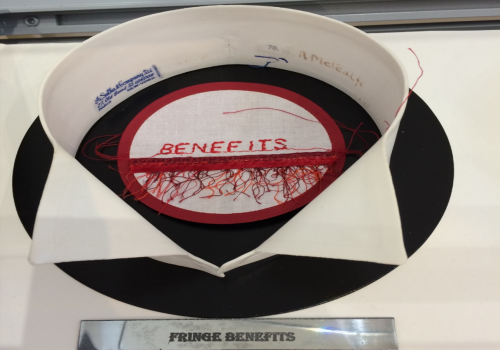Sociology Research Led a US State to Abolish the Death Penalty
The Chronicle of Higher Education this week reported that when the Washington State Supreme Court abolished the death penalty this month, it was primarily because of the work of sociologist, Professor Katherine Beckett. On Thursday, 11th October 2018 the Washington State Supreme Court ruled unanimously that the death penalty violates the Washington State constitution‘s prohibition on ‘cruel punishment.’ In its ruling, the Court cited research by University of Washington Center for Human Rights Faculty Associate Prof. Katherine Beckett, and Lecturer Heather Evans, who conducted the...










1099-1328/asset/dsa_logo.jpg?v=1&s=e4815e0ca3064f294ac2e8e6d95918f84e0888dd)